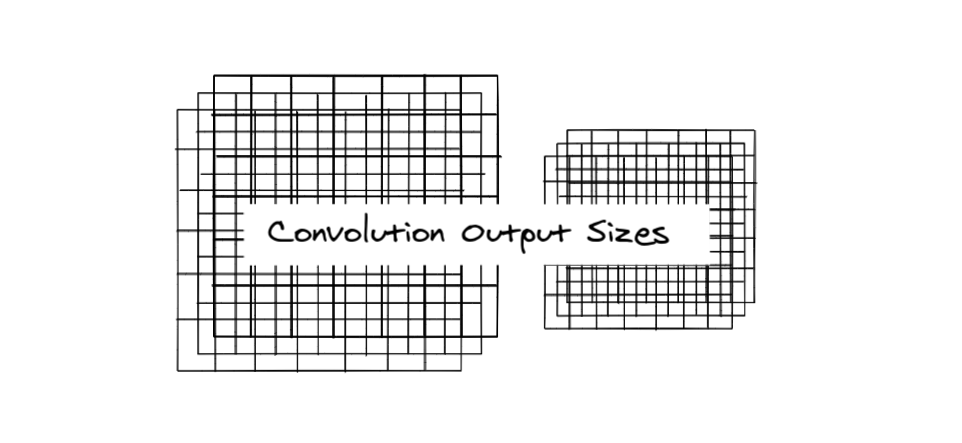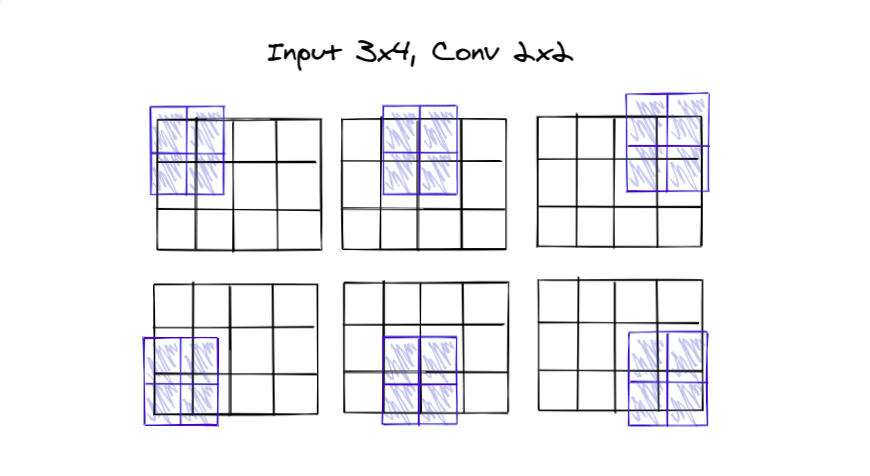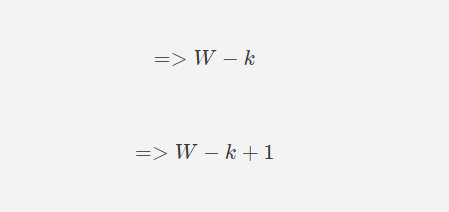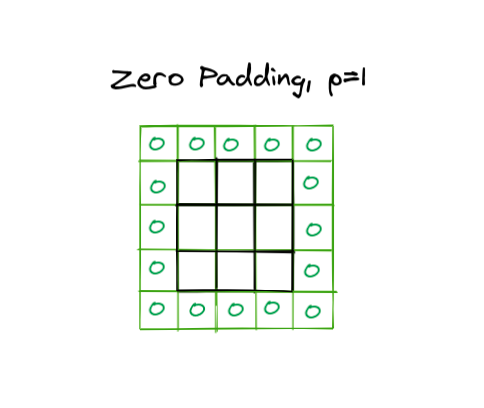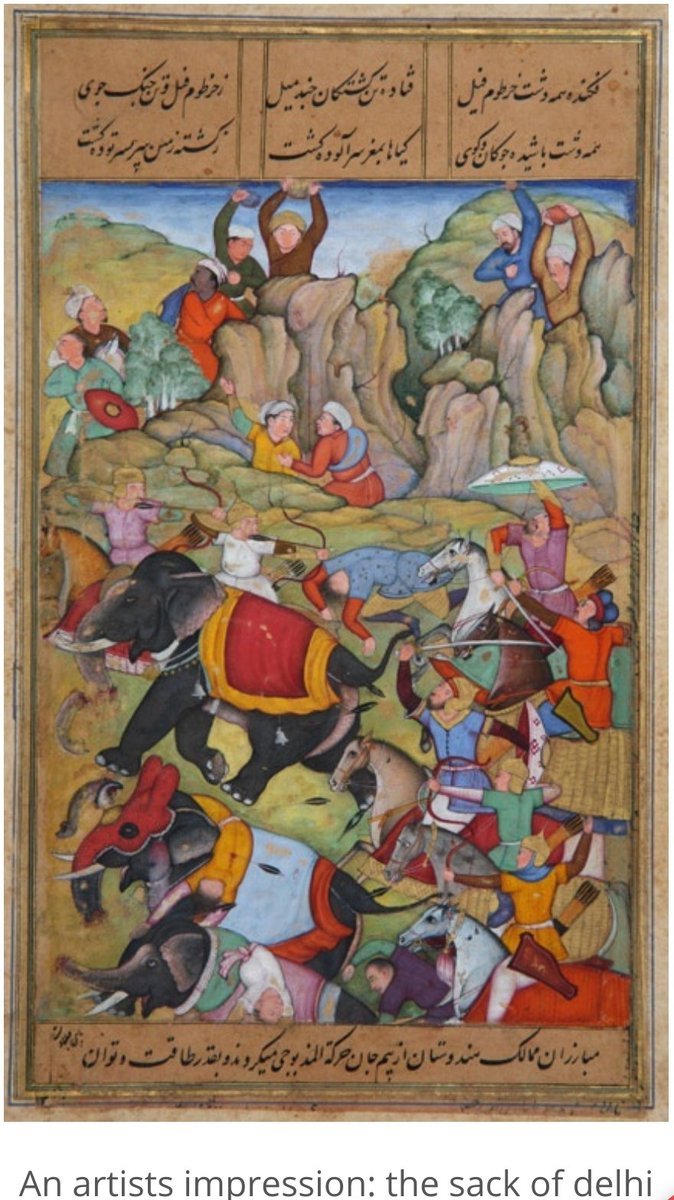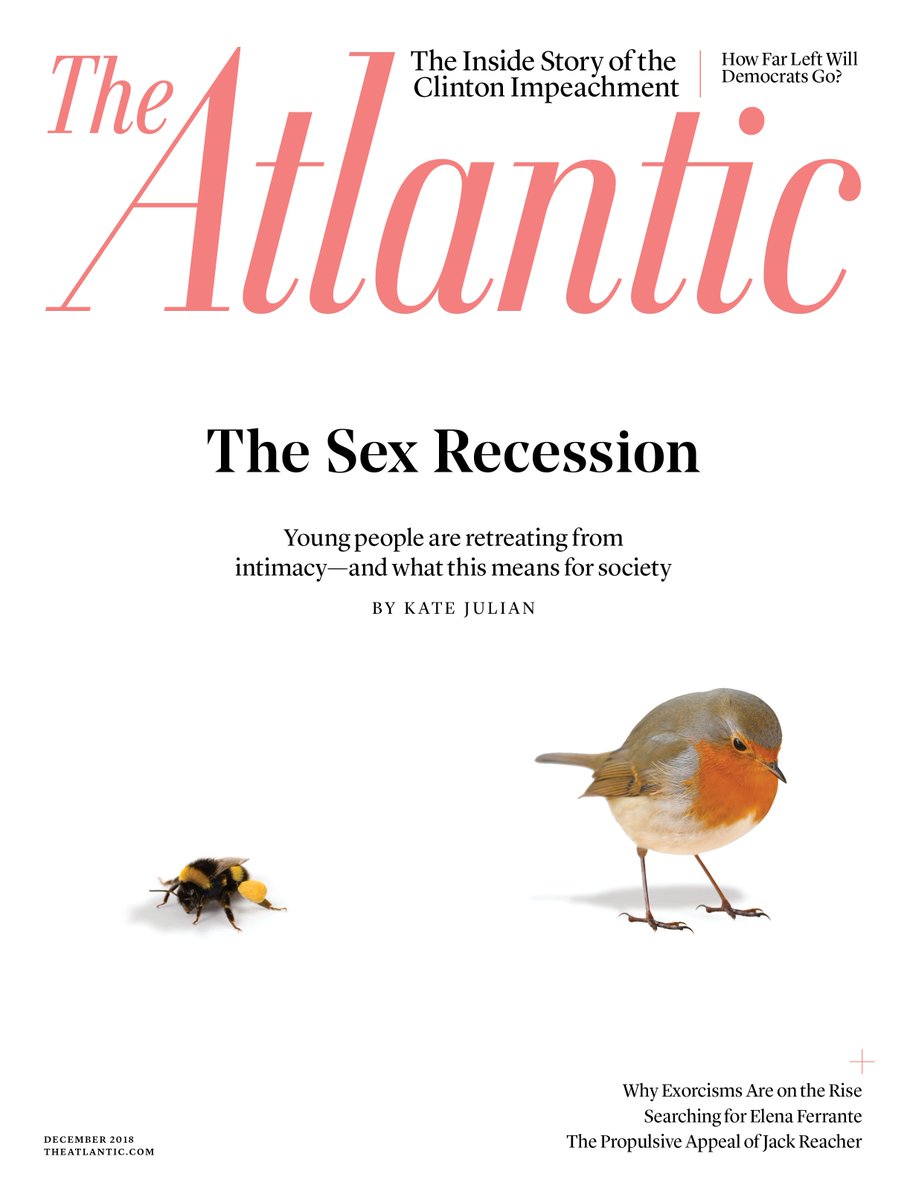BTW if you haven't read the thread 🧵 on 1D, 2D, 3D CNN, you may want to check it out once.
https://t.co/kxZ6ZeHCrk
First, observe the picture below🖼
The 2 x 2 filter slides over the
3 rows, 2 times and,
4 columns, 3 times
So, let's try subtracting the filter size first
3 - 2 = 1
4 - 2 = 2
Looks short, we'll need to compensate the 1 in both.
3 - 2 + 1 = 2
4 - 2 + 1 = 3
hence the formula so far becomes:
Now let's discuss padding0⃣
Zero padding makes it possible to get output equal to the input by adding extra columns.
It provides extra space for the sliding, making up for the lost space
Padding of p would mean increasing the input size by adding p to both sides
Considering width, there will be padding for left and for right, both equal, same for the height.
The modified formula becomes
All of our calculation so far assumes that we are taking one step at a time during sliding, a stride of 1
What if we take more than that?🏃
We will be cutting our distance short by increasing the size of our leap. So to account for this we will divide with stride size.
Keep in mind that we should make sure that the calculation doesn't go into decimals.
We generally select our values in such a way that the calculations result in an integer.
Now as we may remember from the last thread, that one filter leads to 1 output, be it 1D, 2D...
So the depth of the output will be equal to the number of filters applied.
With all that in mind, let's try to solve a simple question below:
We can try the same using Keras and its functions.
This website is a ConvNet shape calculator with which you can play around a little bit for better understanding.
https://t.co/8rU5BOAkts
Now if you feel like you can calculate correctly, try to pick any network and calculate its output sizes, validate using the model summary.
Or pick 3D convolutions and calculate its outputs, the principle remains the same.
All the above points helped me to be able to understand the CNN architectures better and not be bothered by the output summary.
Hope this helps you too! 👍

